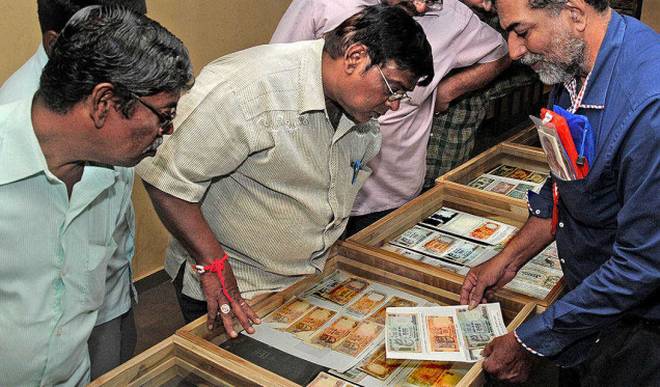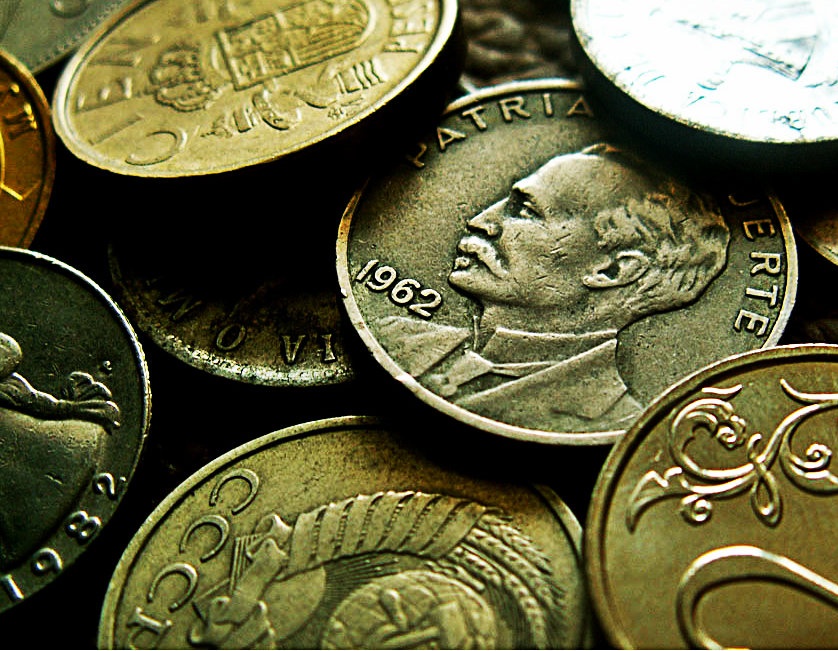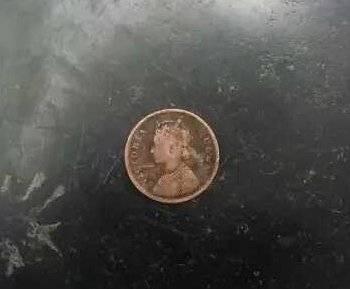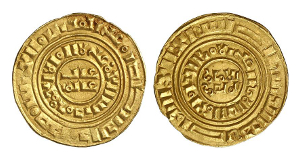private collections
Vintage German coins and medals
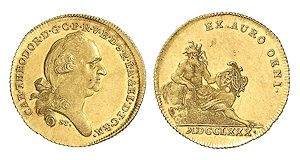 Coinage in the territory of the German state from the end of the Middle Ages (XV century) and until the introduction of the imperial state currency in 1871 is without doubt one of the most versatile and diverse areas of coin collecting.
Coinage in the territory of the German state from the end of the Middle Ages (XV century) and until the introduction of the imperial state currency in 1871 is without doubt one of the most versatile and diverse areas of coin collecting.
While other European countries, such as England, Spain or France, by the end of the Middle Ages became national states in which coinage was carried out centrally, Germany until the founding of the Empire after the Franco-Prussian War (1870-1871) remained geographically heavily fragmented. Continue reading
The Great Migration of Nations (4th-6th centuries AD)
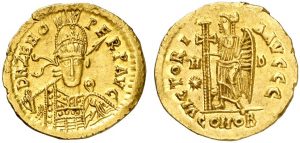 The prevailing idea that the hordes of barbarian peoples invaded the borders of the Roman Empire and thus caused its fall is outdated and no longer corresponds to the findings of modern historical science. First, a large number of Germans were in the (military) service of the Roman Empire even before the so-called. the migration of peoples, and, secondly, it is not a question of homogeneous ethnic tribes, but rather of mixed alliances concluded for specific purposes. These alliances and opposed the troops of the late ancient states. Continue reading
The prevailing idea that the hordes of barbarian peoples invaded the borders of the Roman Empire and thus caused its fall is outdated and no longer corresponds to the findings of modern historical science. First, a large number of Germans were in the (military) service of the Roman Empire even before the so-called. the migration of peoples, and, secondly, it is not a question of homogeneous ethnic tribes, but rather of mixed alliances concluded for specific purposes. These alliances and opposed the troops of the late ancient states. Continue reading
FIRST RUBLE
 – The original ruble of the Russian Tsar Alexei Mikhailovich in the catalog of V. I. Petrov (1900) is estimated at 300 rubles.
– The original ruble of the Russian Tsar Alexei Mikhailovich in the catalog of V. I. Petrov (1900) is estimated at 300 rubles.
Of course, the cost of extremely rare items of numismatics is a very relative concept. Petrov understood this very well, pointing to every page of his catalog: “Prices are not obligatory”.
A numismatist is usually interested not so much in the specific cost of a relatively rare numismatic item, as in its historical significance.
From this point of view, the ruble of Alexei Mikhailovich is of double value: both as a great rarity and as a new milestone in the history of Russian money circulation. Continue reading
